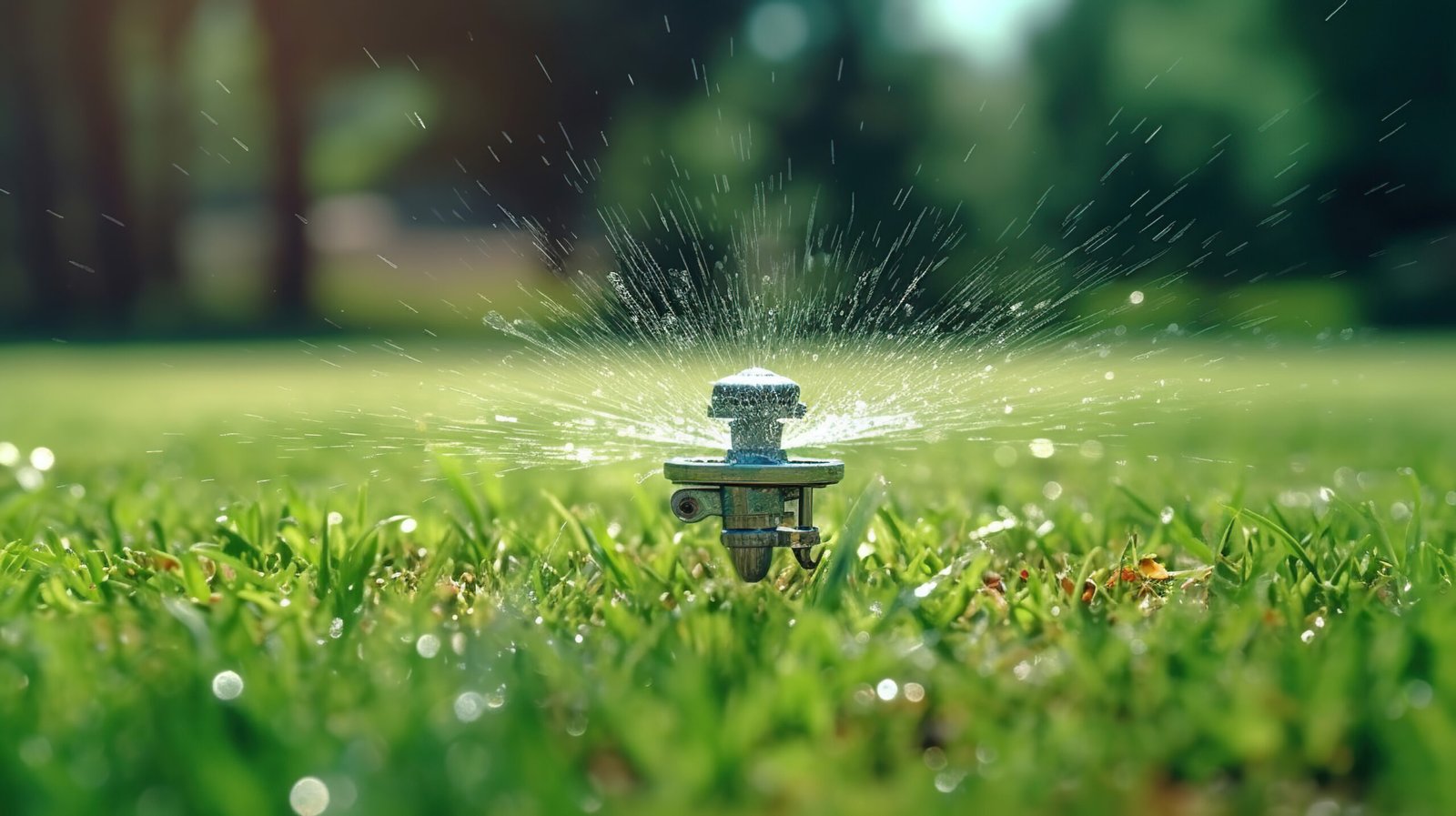
The Environmental Benefits Of Sod: An Eco-Friendly Lawn Companion
From Kentucky Bluegrass to Bermuda Grass, all the way to Zoysia and Fescue, sod has been a common aesthetic choice for many lawns. Sod, also known as turf, is ready-made grass that’s rolled out for instant greenery.
However, the true value of sod transcends its aesthetic allure. It quietly assumes the role of an environmental custodian, bestowing substantial benefits such as water conservation and the enhancement of air quality.
Incorporating sod into your lawn can ensure that you’re party to these benefits. This article will show you how you can achieve this and how partners like Green Valley Turf Company and others can help.
Environmental Benefits Of Sod
When it comes to natural grass choices for your lawn, you’ll often face two options: sod or seeding. Seeding involves planting grass seeds directly into the soil to grow a lawn. The other option is sod, which, while slightly more expensive, can get you immediate benefits.
So, what makes sod an eco-friendly lawn companion? Here are its environmental benefits.
- Rapid erosion control – Sod acts like a blanket, covering your soil and preventing erosion by rain or wind. While it acts as an immediate cover to your soil, it may take weeks to fully establish.
- Water conservation – Did you know sod requires less water compared to seeded lawns once established? Sod has a dense root system that retains water more efficiently, reducing overall water usage.
- Air and soil quality improvement – Your lawn can absorb airborne pollutants such as dust and smoke particles. Sod is a natural air purifier, contributing to a cleaner and healthier atmosphere. Plus, it improves soil quality by enriching it with organic matter.
- Heat reduction – On a hot day, your sod lawn can be significantly cooler than bare soil and 30 degrees cooler than concrete or asphalt. It acts as a natural air conditioner, reducing the need for artificial cooling and saving energy.
- Biodiversity promotion – A well-maintained sod lawn can become a haven for beneficial insects, birds, and other wildlife, promoting biodiversity right in your backyard.
- Noise reduction – Your sod lawn works as a natural sound absorber. The degree of sound absorption can depend on the thickness and density of the sod, and other factors.
- Carbon sequestration – Like all plants, sod absorbs carbon dioxide from the atmosphere and stores it in its roots and soil, a process known as carbon sequestration. By doing so, it helps mitigate climate change.
These benefits make sod an eco-friendly lawn companion. However, to fully reap these benefits, you must know how to effectively maintain your sod.

Best Practices In Sod Maintenance
Here are some best practices in sod maintenance:
- Watering
For newly installed sod, water immediately to help the roots establish. It typically needs watering at least once or twice daily for the first week.
Once established, sod requires less water; therefore, aim for deep, less frequent watering to encourage deep root growth and drought resistance.
- Mowing
Wait until your sod has rooted firmly before mowing. This can typically take 2-3 weeks after installation.
When mowing, aim to keep the grass at a height of about 3 inches. Never cut more than one-third of the grass blade at once to avoid stressing the sod.
- Fertilizing
Apply a starter fertilizer immediately after installation to promote root growth. Afterward, use a slow-release nitrogen fertilizer every 6-8 weeks during the growing season.
- Aeration
Over time, your sod may become compacted. Aerate your lawn once a year to improve oxygen, water, and nutrient movement in the soil.
You can achieve this by using a lawn aerator or garden fork to create small holes in the soil. These holes can facilitate air, water, and nutrient penetration.
- Weed Control
Although sod is more resistant to weeds than seeded lawns, some weeds may appear.
Use pre-emergent herbicides in the spring to prevent weed growth.
- Pest And Disease Management
Regularly inspect your sod for signs of pests or diseases. If you notice any issues, identify the specific problem and treat it accordingly using eco-friendly methods.
- Seasonal Care
Adapt your maintenance practices according to the season. In the winter, reduce watering and mowing, while in the summer, monitor your sod for signs of heat stress.
These best practices can maintain the aesthetic appeal of your sod and enhance its eco-friendly advantages. A well-cared-for sod lawn is a thriving ecosystem that contributes positively to our environment.
Final Thoughts
Sod is a powerful eco-friendly solution for creating a sustainable lawn. Incorporating it in your home can help you reap the aesthetics and environmental benefits that come with it.
To maximize these benefits, leverage the tips shared in this article. Connect with trustworthy sod suppliers without delay and initiate your journey towards reaping the multifaceted rewards of this eco-aware choice.




